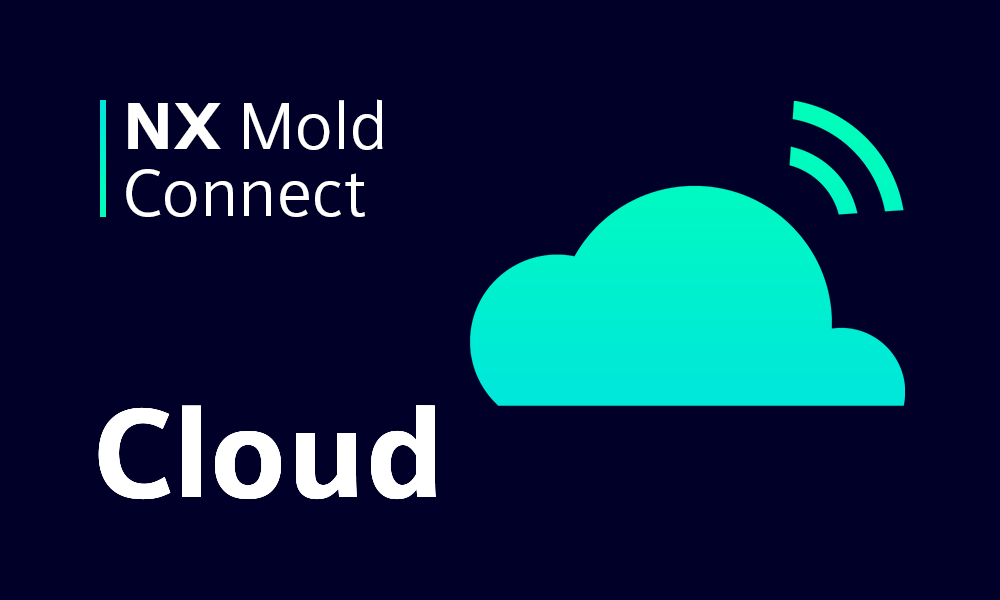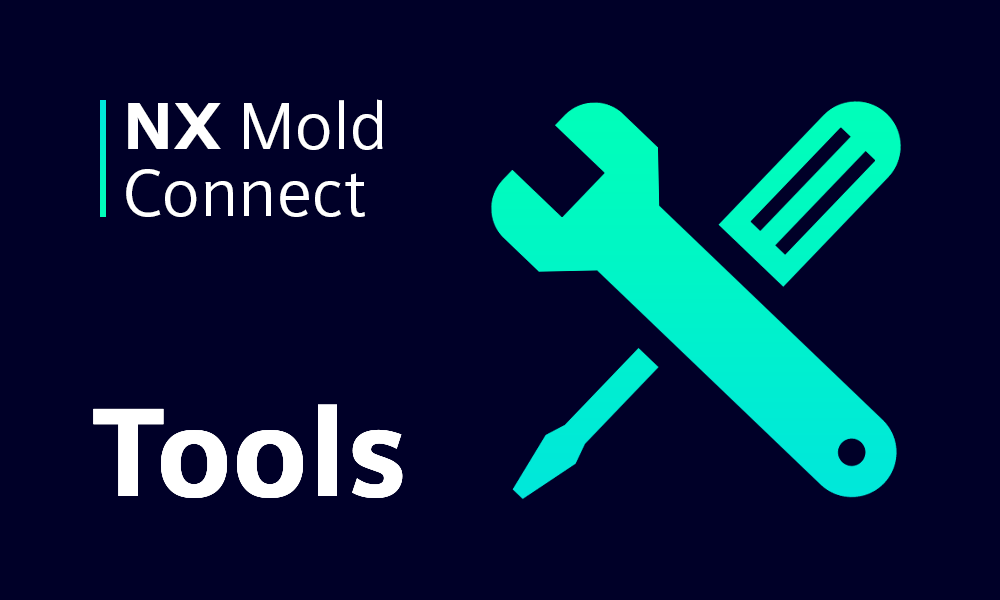As we have all gotten used to remote working, one thing has become clear: we all need other people to help us get through our normal daily work. That’s especially true in the areas of product development and innovation. Yes, there are individual inventors with amazing ideas, but to get an invention to market at an industrial scale or, often even to an introductory volume, involves teams of people. So, collaboration and communities of likeminded people who have a clear understanding of a project and its goals is critical to successful product development.
With that thought in mind, I started to think about how users of technologies such as CAD for design could better leverage the Cloud. I have written before that I don’t believe the world needs another CAD system, just because it’s Cloud or SaaS-based. I really believe people need to look at what business problem they want to solve and not just technology for technology sake. So, how do we encourage more collaboration and involve more people in the development process, not just CAD users, but individuals and teams that could use the design data created in CAD and do more with it, and get more value across the whole process?

Image source: tippapatt/stock.adobe.com
Collaboration is Key
A couple of key thoughts. Firstly, using Cloud-based technologies means that more people can access the information, so having a secure collaboration hub is critical to any application. Using file transfer tools like Dropbox is fine to move data around, but it’s very much a push/pull type scenario, it’s not real collaboration. Tools like Microsoft TEAMS are great for publishing and sharing, but you need to be more careful about access and versioning. So, you need control that isn’t invasive, but protects the data from unwanted mistakes.
Secondly, if you want to bring more people into the process, then having targeted solutions that solve a specific problem are the way to go. The issue here is simplicity. Non-CAD users don’t need complex design tools and they don’t need all the functions that a designer uses, they want tools to do their job.
Of course, having applications that focus on a specific task must be able to work with the data from the full design systems, you need to be confident that you can to do the task at hand without worrying about where the data comes from.
An Example
Let’s look at an example: in the area of design and manufacture of plastic injection molded parts, the process often runs like this:
- A designer develops a design for a product and decides this will be made from plastic.
- Purchasing search for quotes from suppliers. They send data out to various suppliers to quote, either sending out 2D drawings or 3D models via emails or using some file transfer tool.
- The suppliers and mold-makers get the data. Now they need to work out how much time it would take to make the tooling and how much it will cost. Once they have done that they send it back to the purchasing department and hope their bid is a) accepted and b) accurate so they don’t lose money on the project.
What is missing from this traditional process is any form of collaboration. The suppliers are consumers of data rather than contributors of knowledge, help and advice and they are also the bearers of risk.
Imagine a different flow leveraging cloud-based tools to bring the suppliers closer into the loop.
- A designer develops a design for a product and decides this will be made from plastic.
- They publish this design data onto a secure cloud-based collaboration hub.
- Purchasing share the design data using that cloud-based collaboration hub with the suppliers that they want to quote for the project.
- The suppliers, login to the collaboration hub and use the cloud-based tools to view the design data, and using their knowledge, run design for manufacturability checks. This allows them to be sure that the design is producible, for example that it will fill with plastic with no problems. It also gives them confidence that there are no difficult manufacturing features that would drive up complexity and cost, plus they can perform a first pass cost analysis.
- If there are any issues, the supplier can collaborate with the designer, such as making suggestions to improve the part and ensure that the part can be made maintaining the desired quality and within the cost constraints that the company wants.
- The suppliers can then submit their quotes with confidence knowing that they have been part of the process.
The cloud plays a key element here, it allows collaboration it delivers security and confidence in knowing where the data resides and who has access to it. Having cloud-based applications focussed on the process means that the supplier can use a simple web browser-based tool, not a full CAD system to do his part of the cycle, making it easier for non-designers to get the benefit of working with 3D data.
The comprehensive digital twin contains the key information for the design and the manufacturing process. Taking a wider look at how to leverage technologies like Xaas, SaaS, and Cloud-based solutions can help companies get more from their investment generating 3D designs in CAD and ultimately provide a far greater return than simply moving CAD to the cloud.
I really do feel that when we talk about CAD and the Cloud, there are a number of ways to leverage the technology and improve the process far beyond simply having a remotely hosted design tool.
Paul Brown is Director of Marketing, Siemens Digital Industries Software.
This article was written and developed by the editors of Cadalyst, the leading publication covering computer-aided design and related software and hardware technologies for the AEC, civil engineering, and manufacturing markets.
NX Mold Connect, NX Cloud, and NX software are property of Siemens and all other trademarks mentioned herein are property of their respective owners.
©2022 Longitude Media, LLC. Reproduction in whole or in part is strictly prohibited without written permission of the publisher.
Paul Brown
Paul Brown is Senior Marketing Director for PES/NX at Siemens Digital Industries Software.
View All Articles


Share This Post